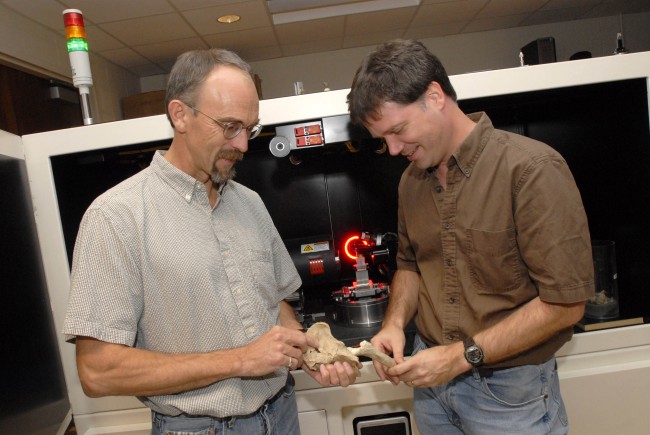A 3.2-Million-Year-Old Mystery: Did Lucy Fall From a Tree?
September 23, 2016

In 1974, the paleoanthropologist Donald C. Johanson led an expedition to Ethiopia to look for fossils of ancient human relatives.
In an expanse of arid badlands, he spotted an arm bone. Then, in the area surrounding it, Dr. Johanson and his colleagues found hundreds of other skeletal fragments.
The fossils turned out to have come from a single three-foot-tall female who lived 3.2 million years ago. The scientists named her species Australopithecus afarensis, and the skeleton was dubbed Lucy.
Four decades later, Lucy remains one of the most famous discoveries in paleontology. Finding a single bone of that age would have been reason to celebrate; finding so much from a skeleton revealed a tremendous amount about Lucy — and about human evolution in general.
Her death, on the other hand, has been a mystery. Now, after poring over the celebrated bones, a team of scientists has concluded that Lucy died most unceremoniously: from a long fall out of a tree.
The New York Times, Aug.29, 2016
The Washington Post, Aug.30, 2016
Discover Magazine, Aug.29, 2016
CNN, Aug.30, 2016
NPR, Aug.29, 2016
Featuring: John Kappleman, Professor, Department of Geological Sciences and Department of Anthropology, Jackson School of Geosciences and College of Libral Arts
Rich Ketcham, Associate Dean for Academic Affairs and Director of the UT-CT lab, Department of Geological Sciences, Jackson School of Geosciences.
